4/28/10
ALCAZABA + GIBRALFARO
The first thing we did when we got to Malaga was visit the ancient Alcazaba in the centre of town.
Ok, that was maybe the fifth thing we did. The real first thing we did was manage to get dropped off at the wrong hotel (not our fault) at 11:30pm the previous night. The second thing we did was walk to our hostel the next morning. Third we had a coffee and sammie for breakfast (we'd been subsisting off nuts, chips, chocolate and wine for a day and a half). Fouth we were accosted by gypsies outside the cathedral who told our fortunes and whom we refused to pay. FIFTH we went to the Alcazaba.
Malaga is a city along the Costa del Sol in southern Spain. Famous mostly for being the birthplace of Pablo Picasso, Antonio Banderas and a gateway to the numerous beach resorts further south, it's a very pretty, nicely kept little city with some beautiful things to see.
Malaga's Alcazaba is a Moorish fortification built between the 8th and 11th centuries. It's located on a hill in the city centre overlooking the port. Further up the hill lies what's left of the Gibralfaro, a 14th century castle which was the site of a three month siege by the citizens of Malaga against the Catholic invaders. Together the fortress and castle remain the best preserved Alcazaba in Spain.
It's not easy to tell from the next photo but the hike from the lower fortress to the Gibralfaro up above was STEEP. Serious steep. We were both very much in shape by this point of the trip but still had to stop three times along the path to catch our breath. And it was hot. Very very hot.
From the top we had beautiful views over Malaga and the Mediterranean sea beyond, it really is a pretty city.
At the foot of the fortress lie the the ruins of a 2nd century Roman theatre which, long-forgotten, were re-discovered 1951. So strange to think that a marker of a whole civilization could simply vanish under the ground, walked over and built upon for centuries until found once again. The whole of this area seems to be civilization built upon civilization - the Gibralfaro itself is built on the site of a former Phoenician lighthouse, 700 BC, from which the castle derives it's name (gebel-faro: rock of the lighthouse). Fascinating that in such a small area exists the handprint of these major Mediterranean dwellers, all of whom have left such a strong mark on this country.
Subscribe to:
Post Comments (Atom)

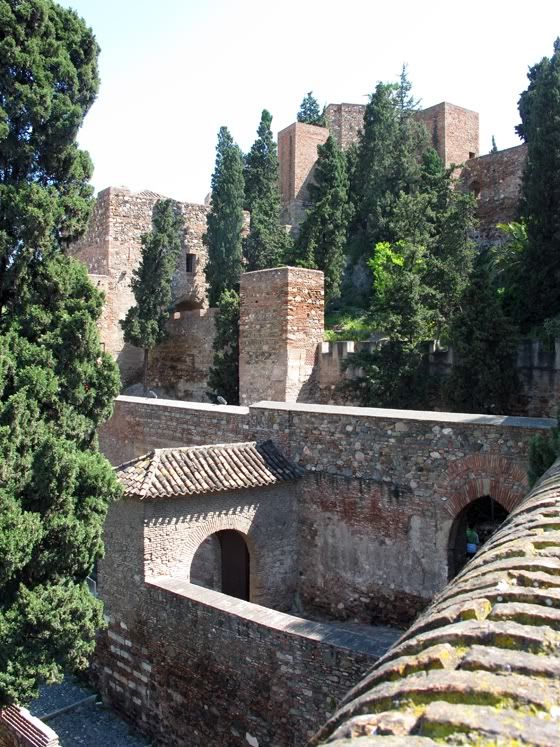
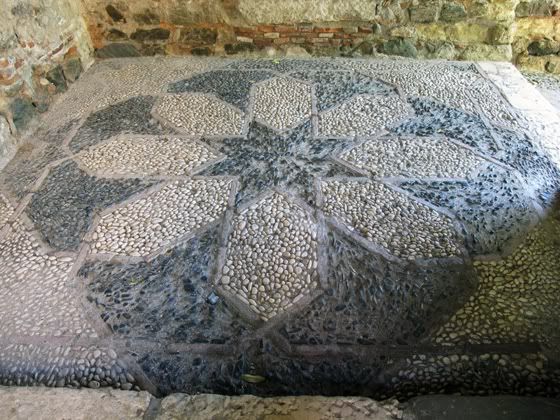
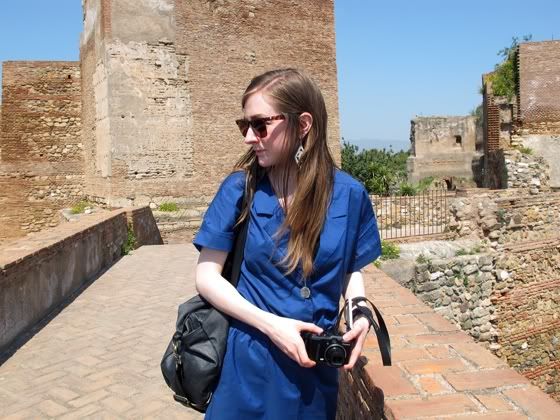
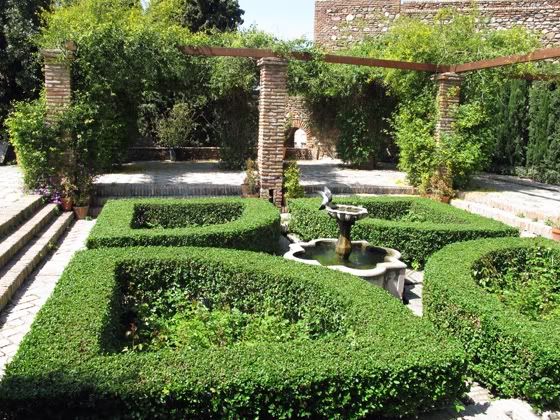
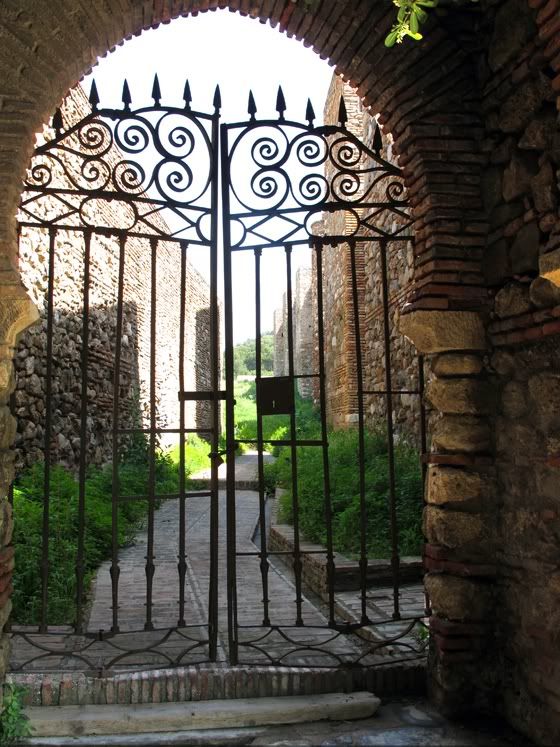
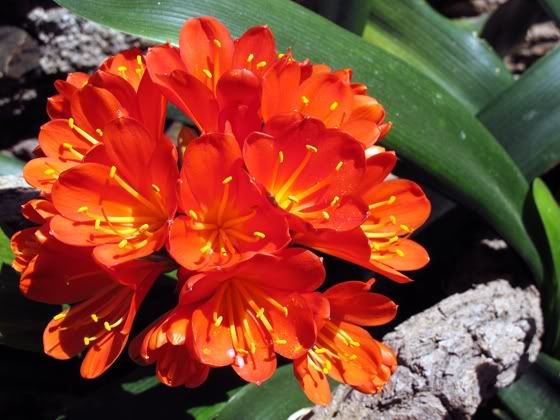

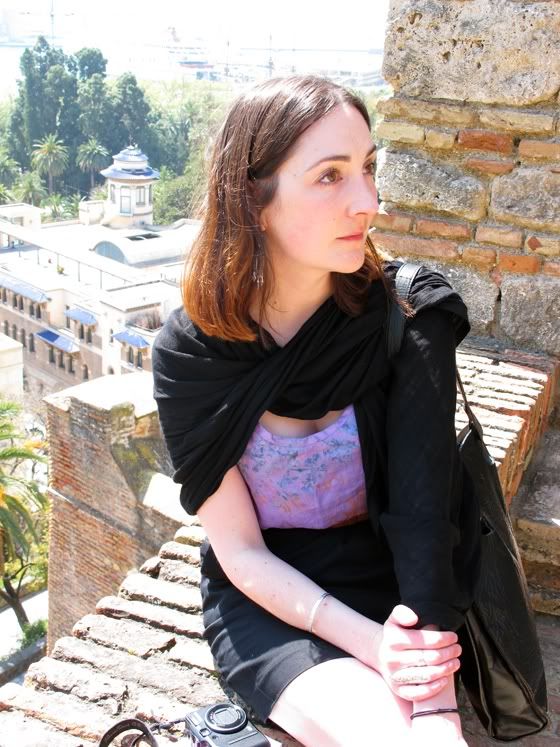
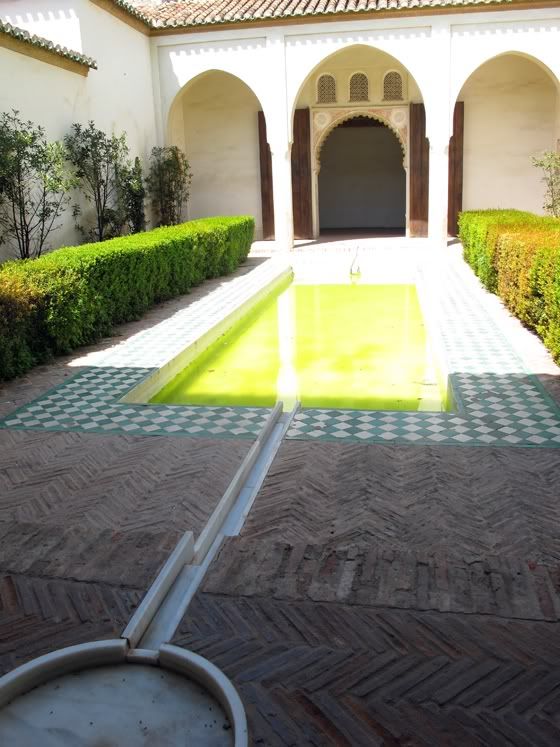
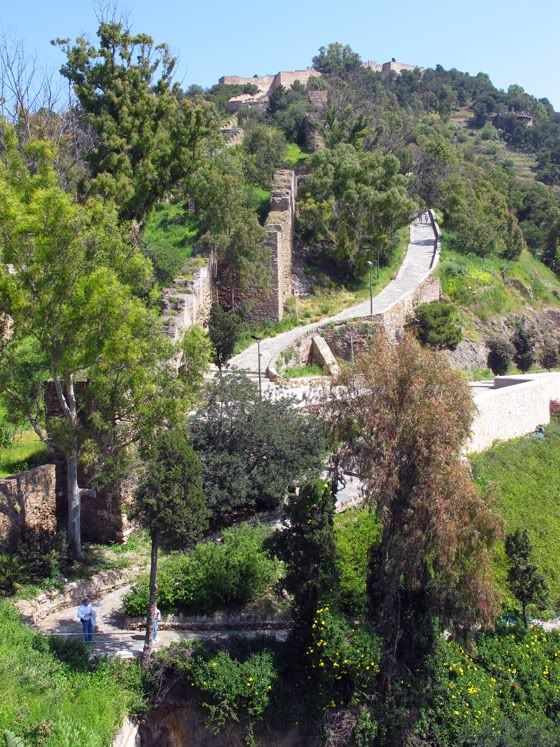
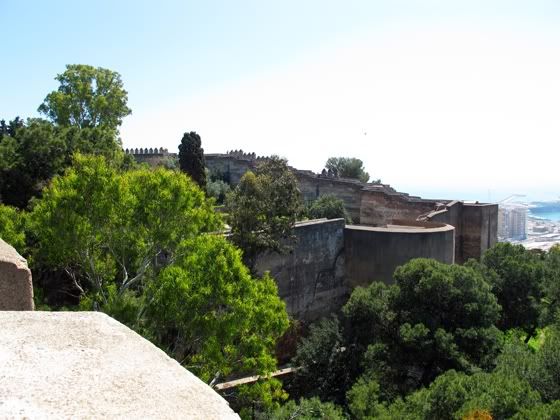
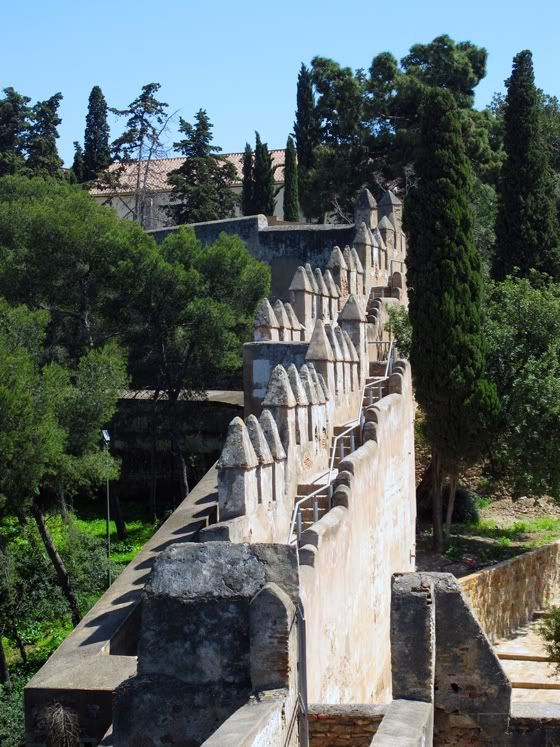
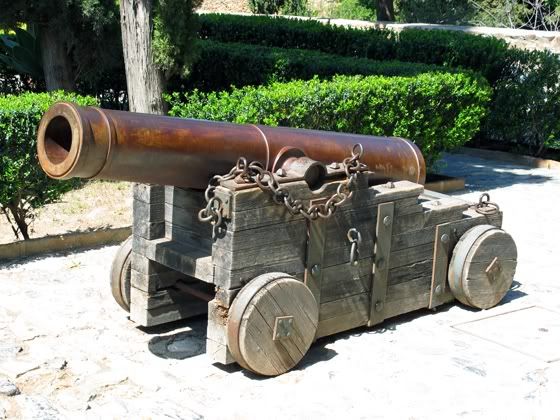
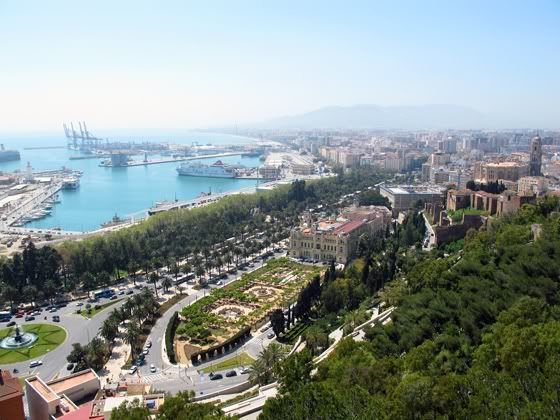
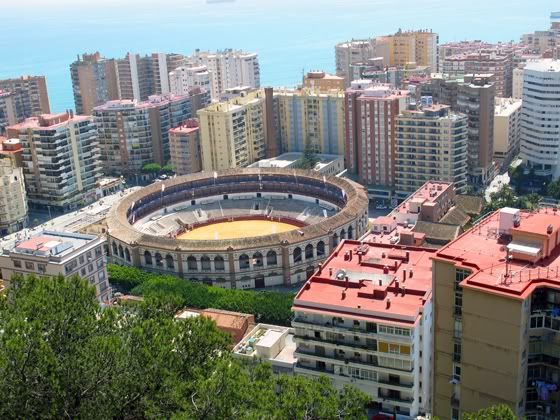
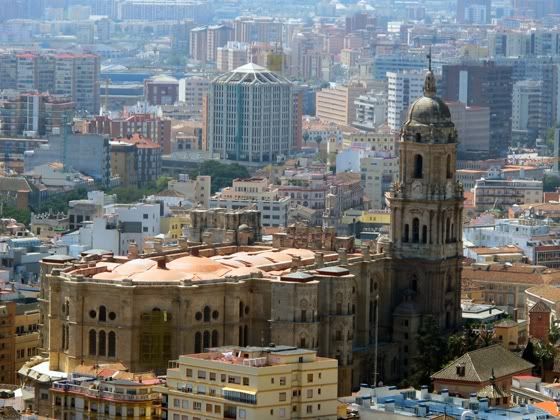
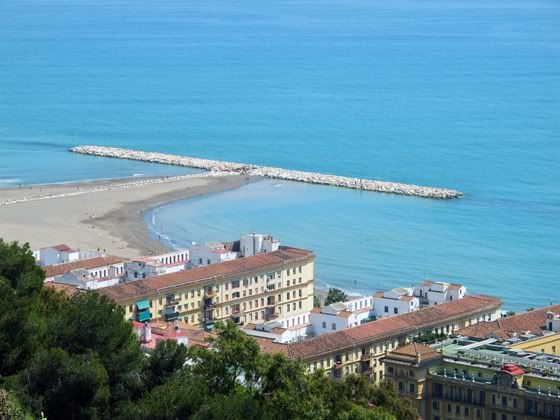
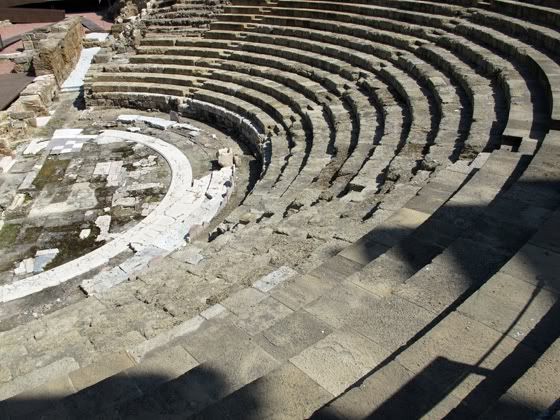

2 comments:
Wow! So awesome!!! I love your pics and commentary Liz.
i'm with sara, i've really been enjoying the photos, thanks for sharing. xox.
Post a Comment